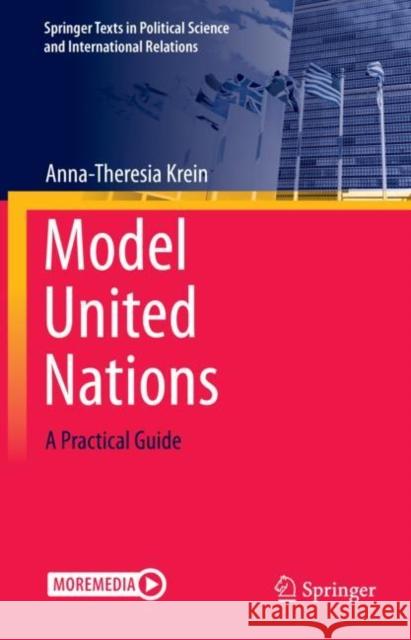Model United Nations: A Practical Guide » książka
topmenu
Model United Nations: A Practical Guide
ISBN-13: 9783031135231 / Angielski / Twarda / 2023
Model United Nations: A Practical Guide
ISBN-13: 9783031135231 / Angielski / Twarda / 2023
cena 262,25
(netto: 249,76 VAT: 5%)
Najniższa cena z 30 dni: 231,29
(netto: 249,76 VAT: 5%)
Najniższa cena z 30 dni: 231,29
Termin realizacji zamówienia:
ok. 22 dni roboczych
Dostawa w 2026 r.
ok. 22 dni roboczych
Dostawa w 2026 r.
Darmowa dostawa!
Kategorie BISAC:
Wydawca:
Springer International Publishing AG
Seria wydawnicza:
Język:
Angielski
ISBN-13:
9783031135231
Rok wydania:
2023
Wymiary:
23.5 x 15.5
Oprawa:
Twarda
Dodatkowe informacje:
Wydanie ilustrowane











